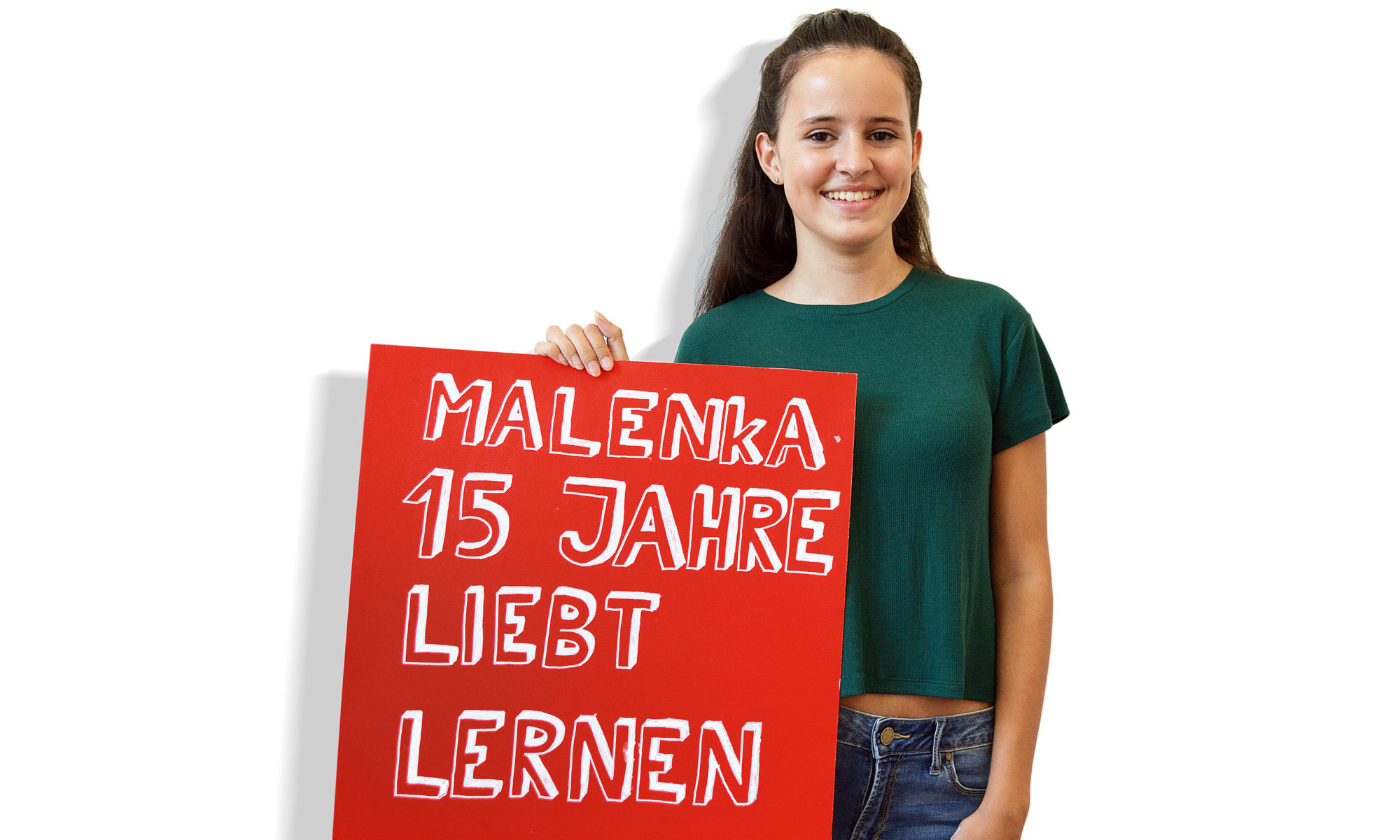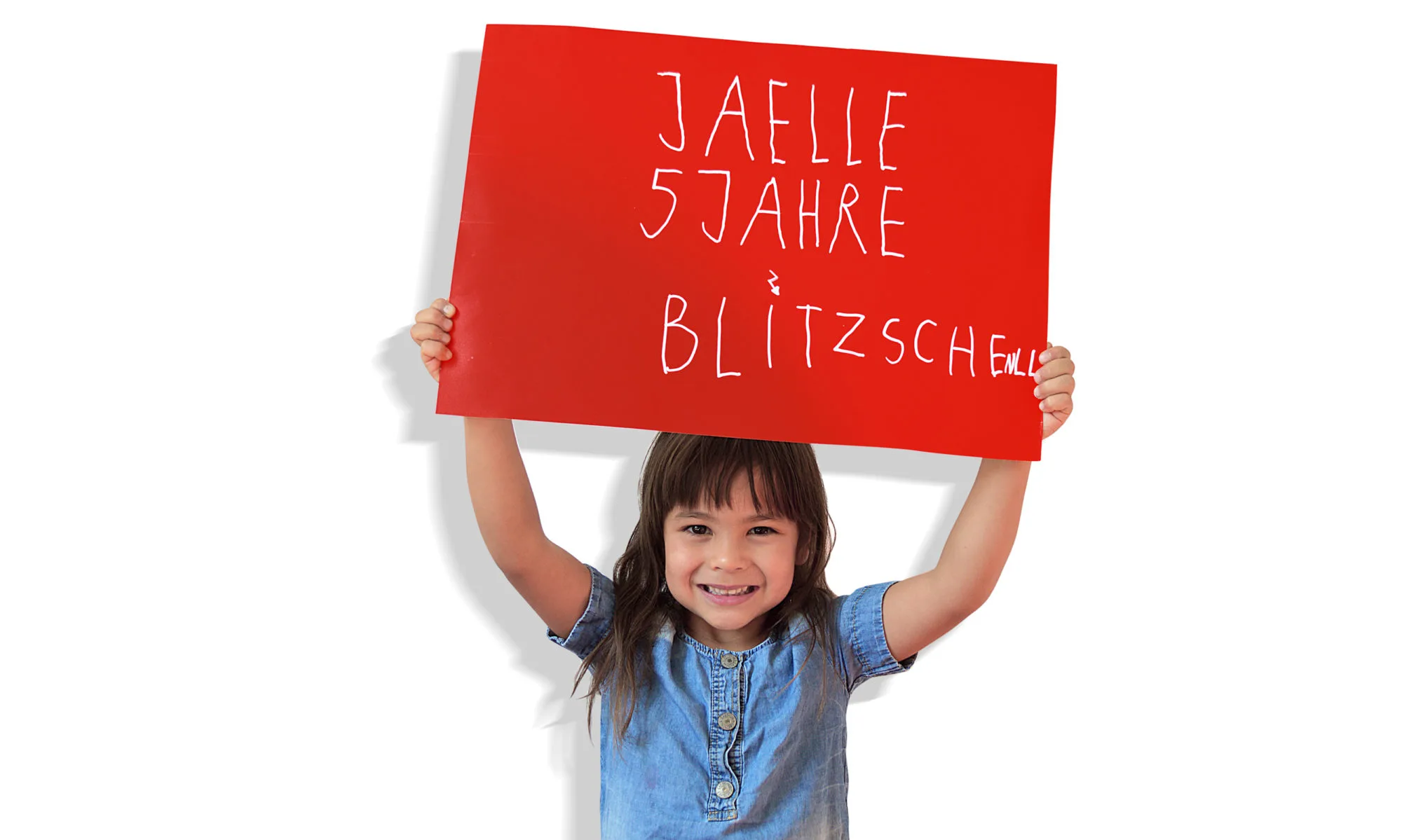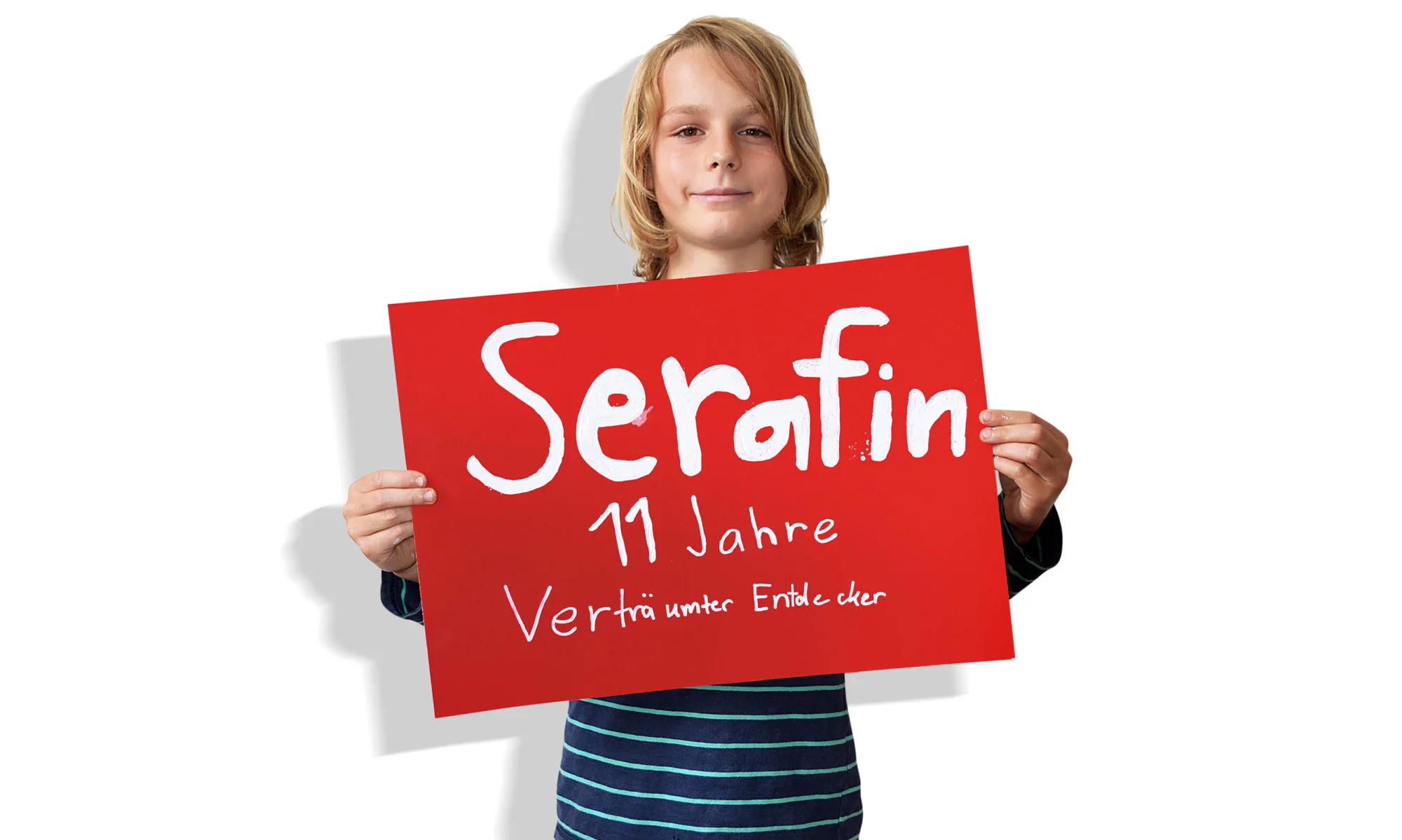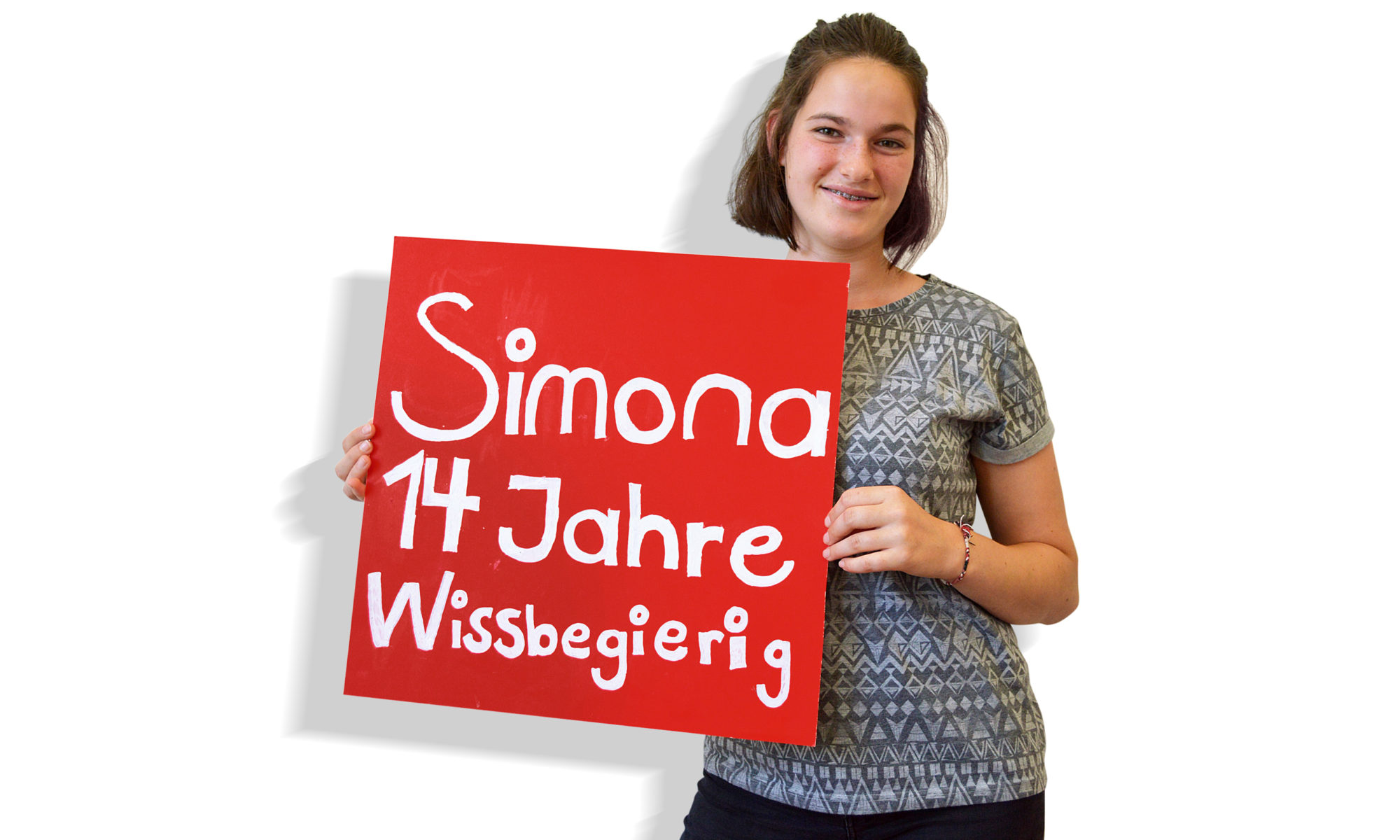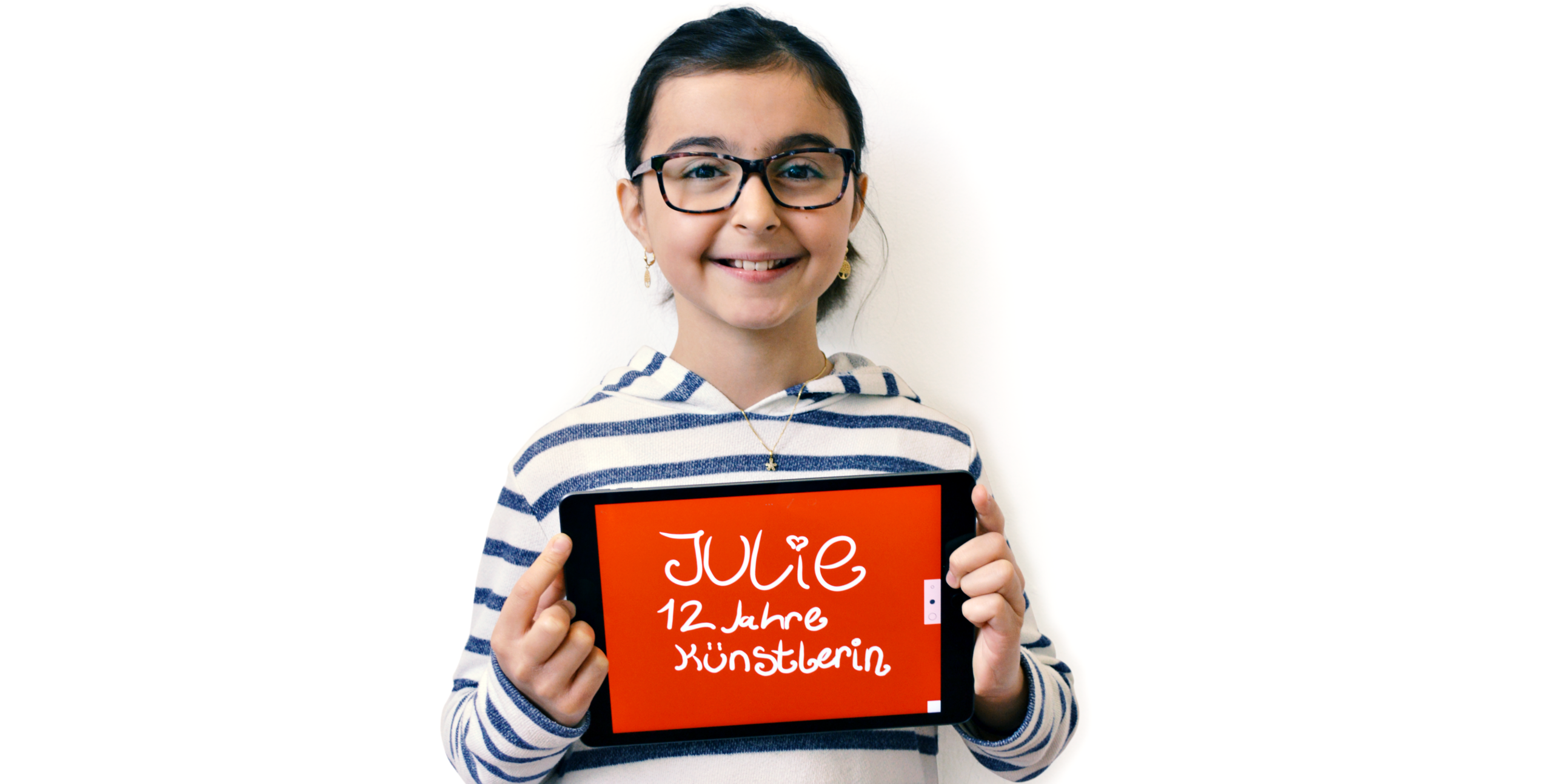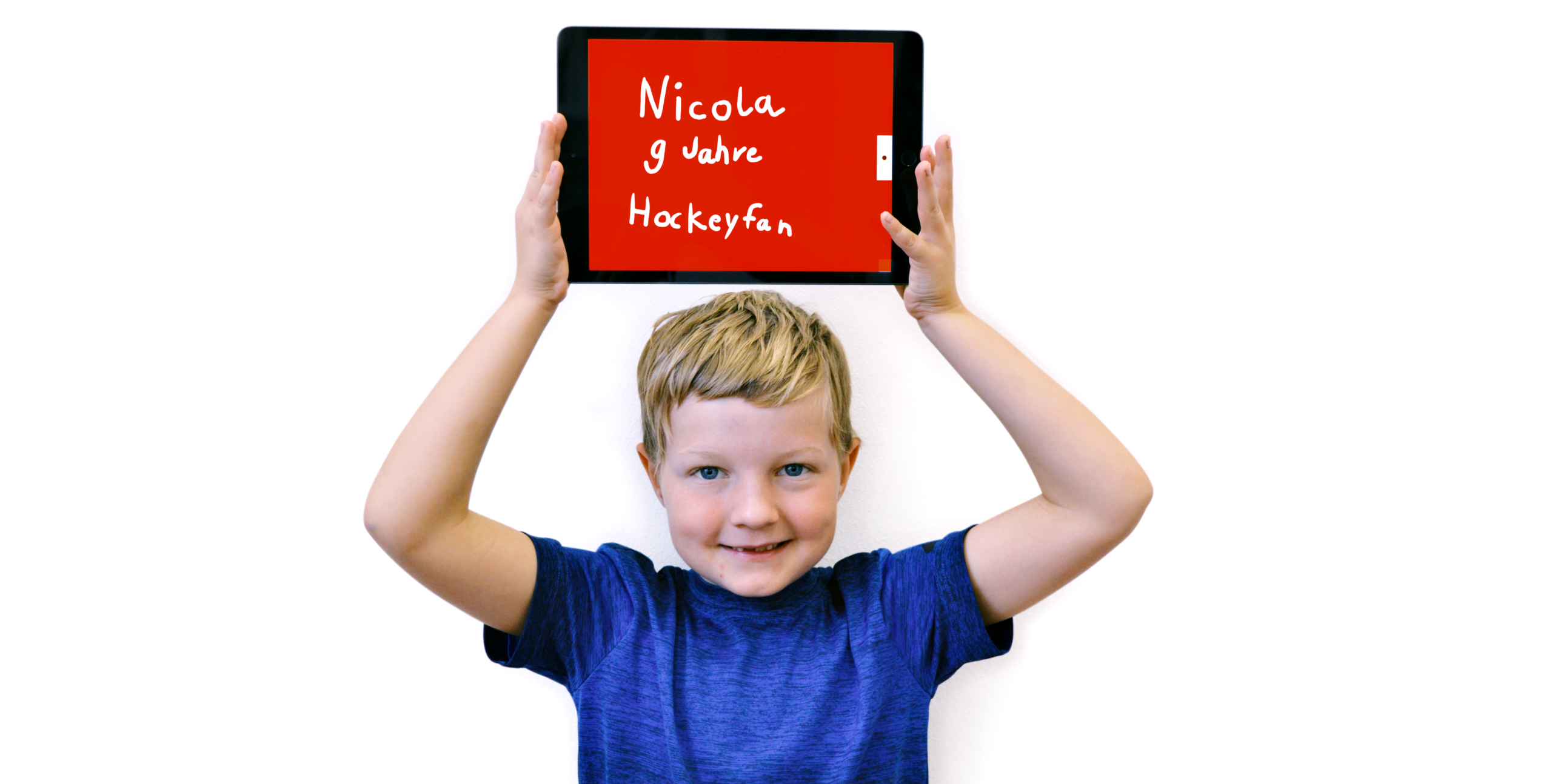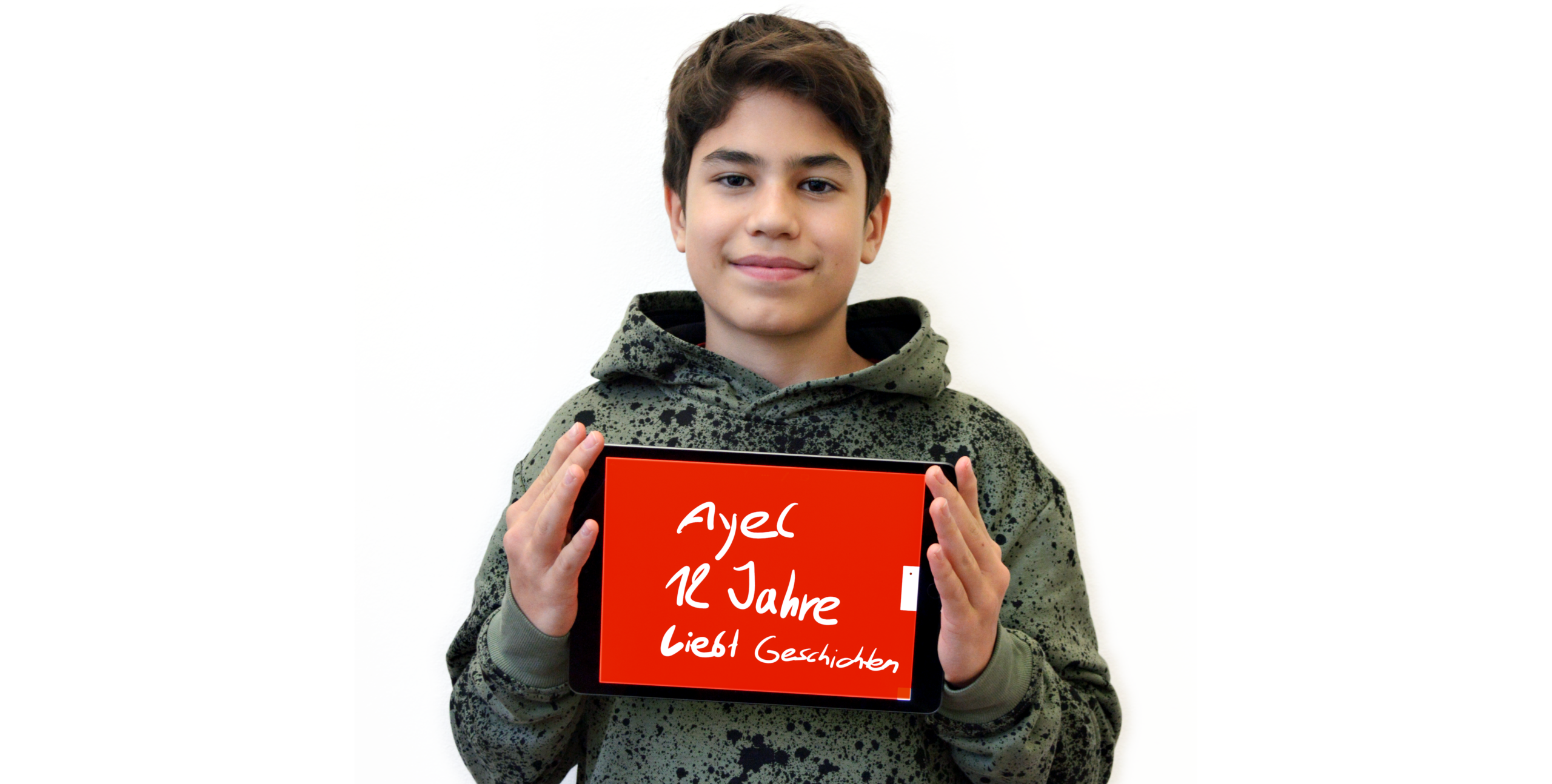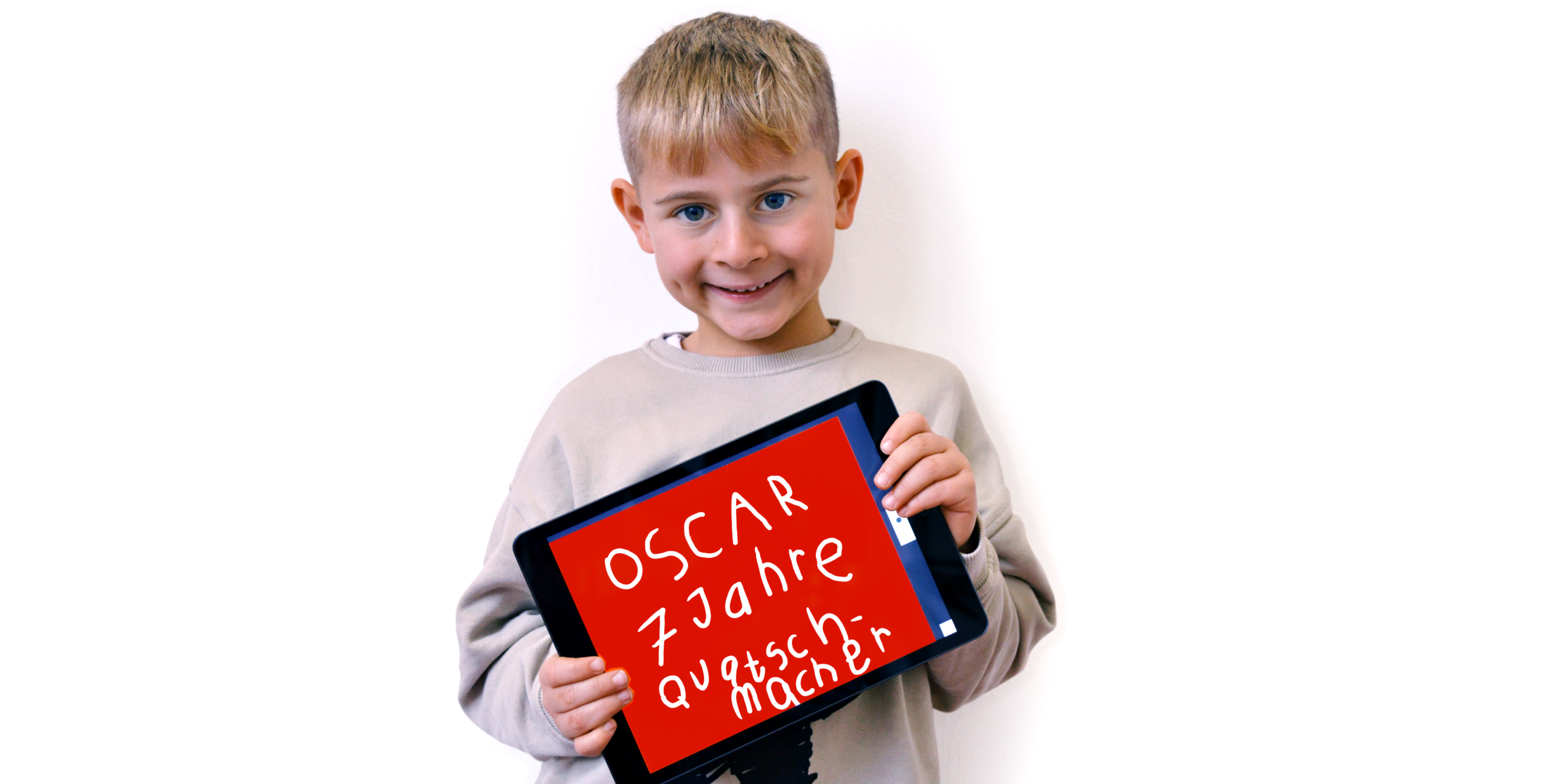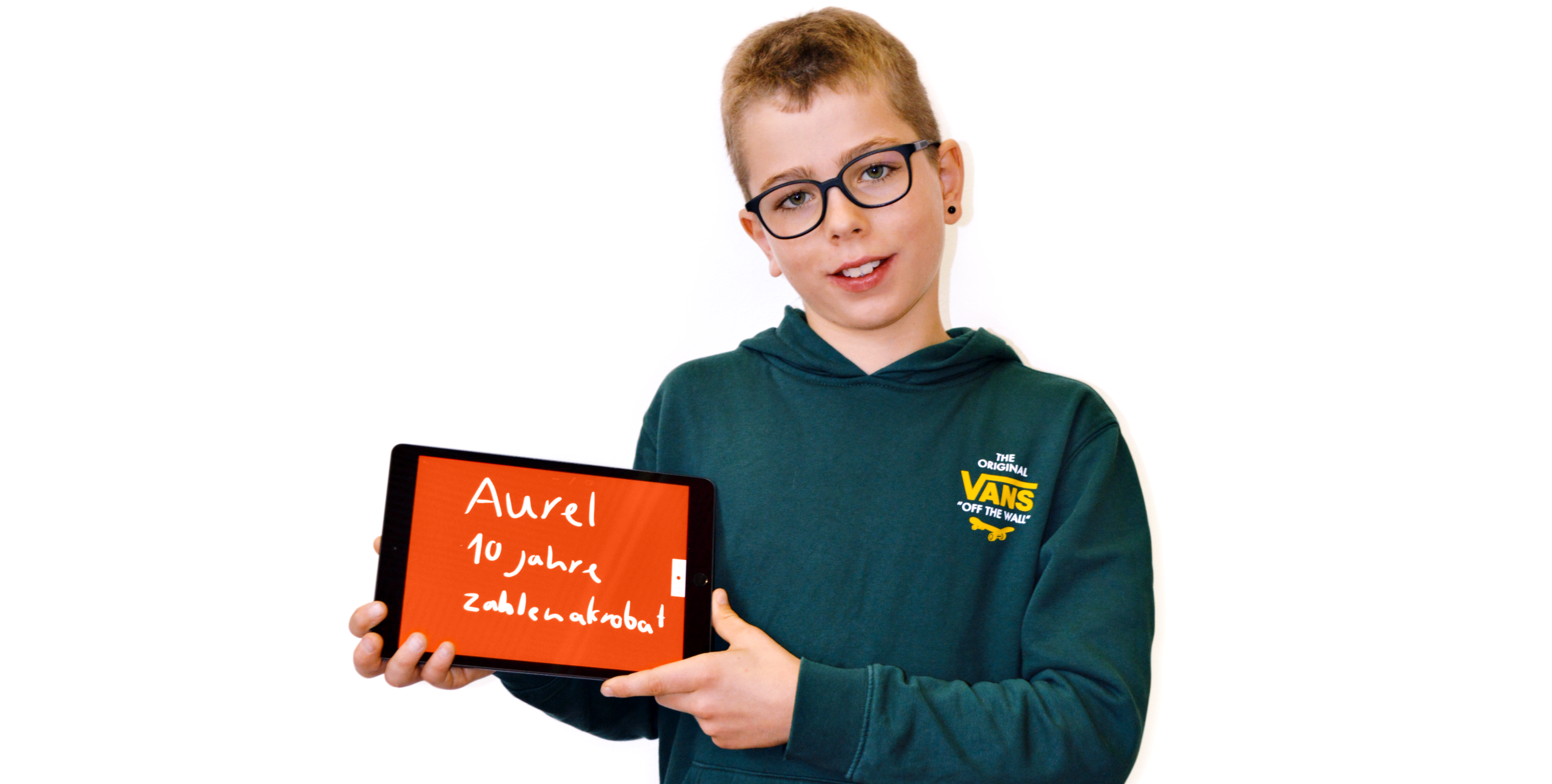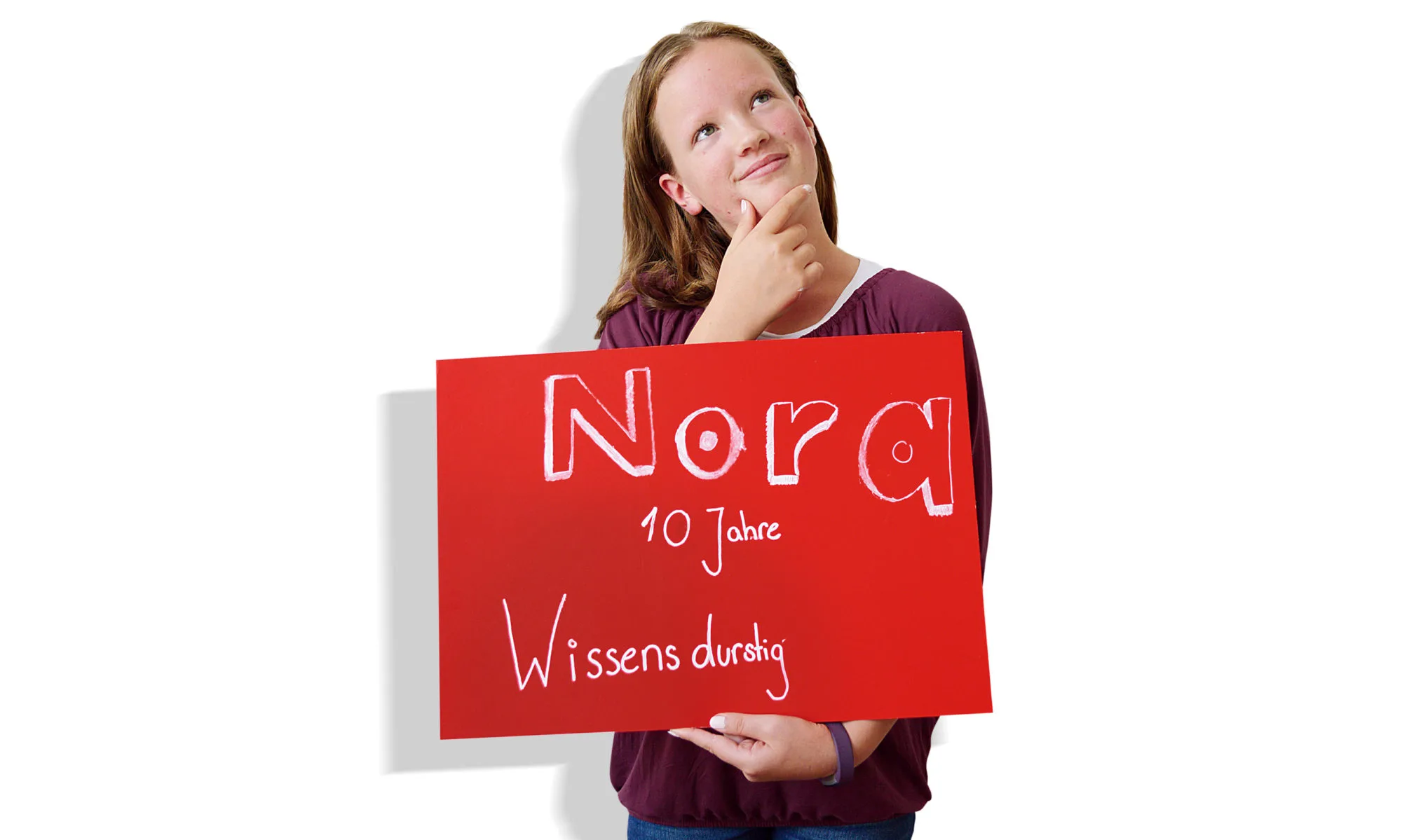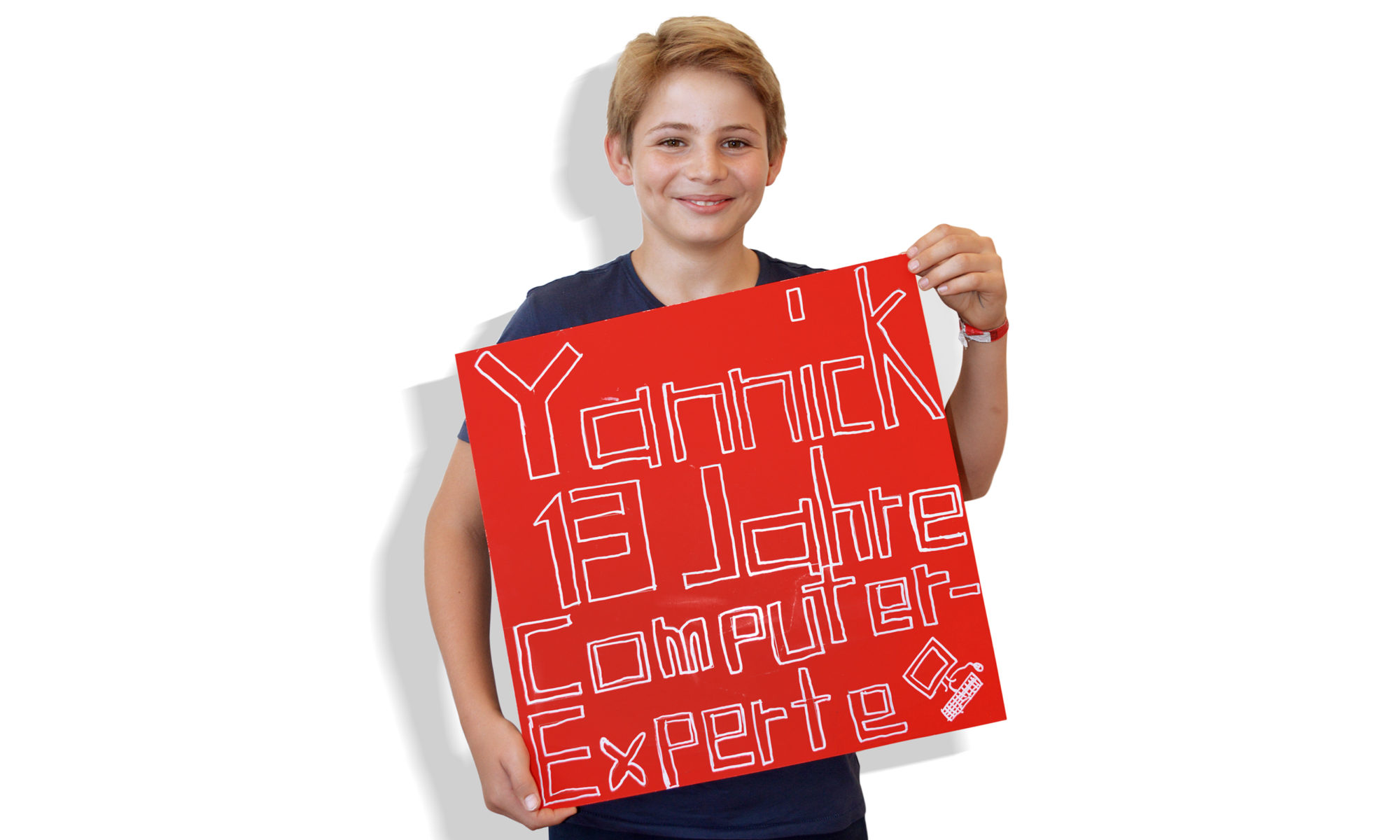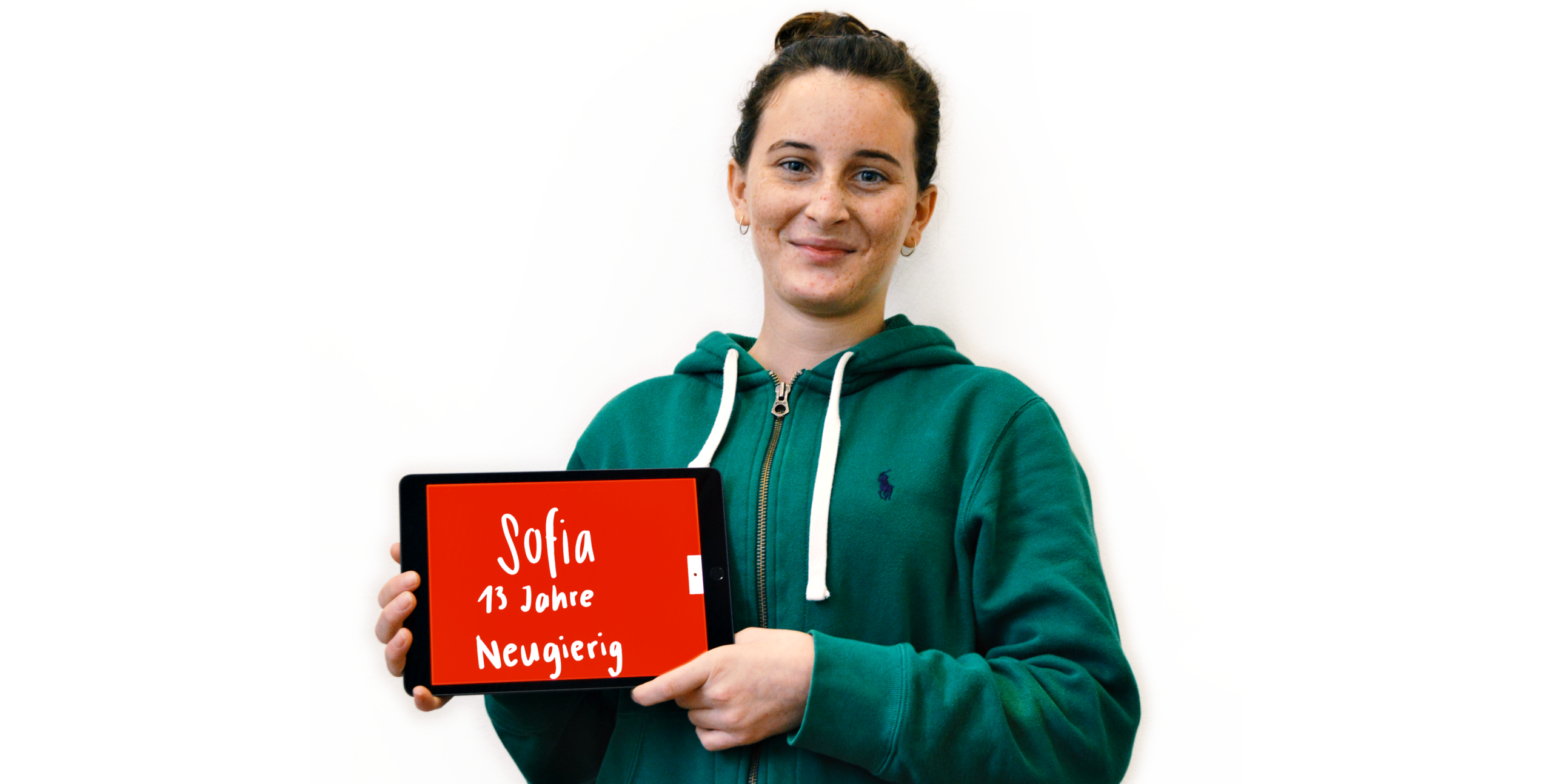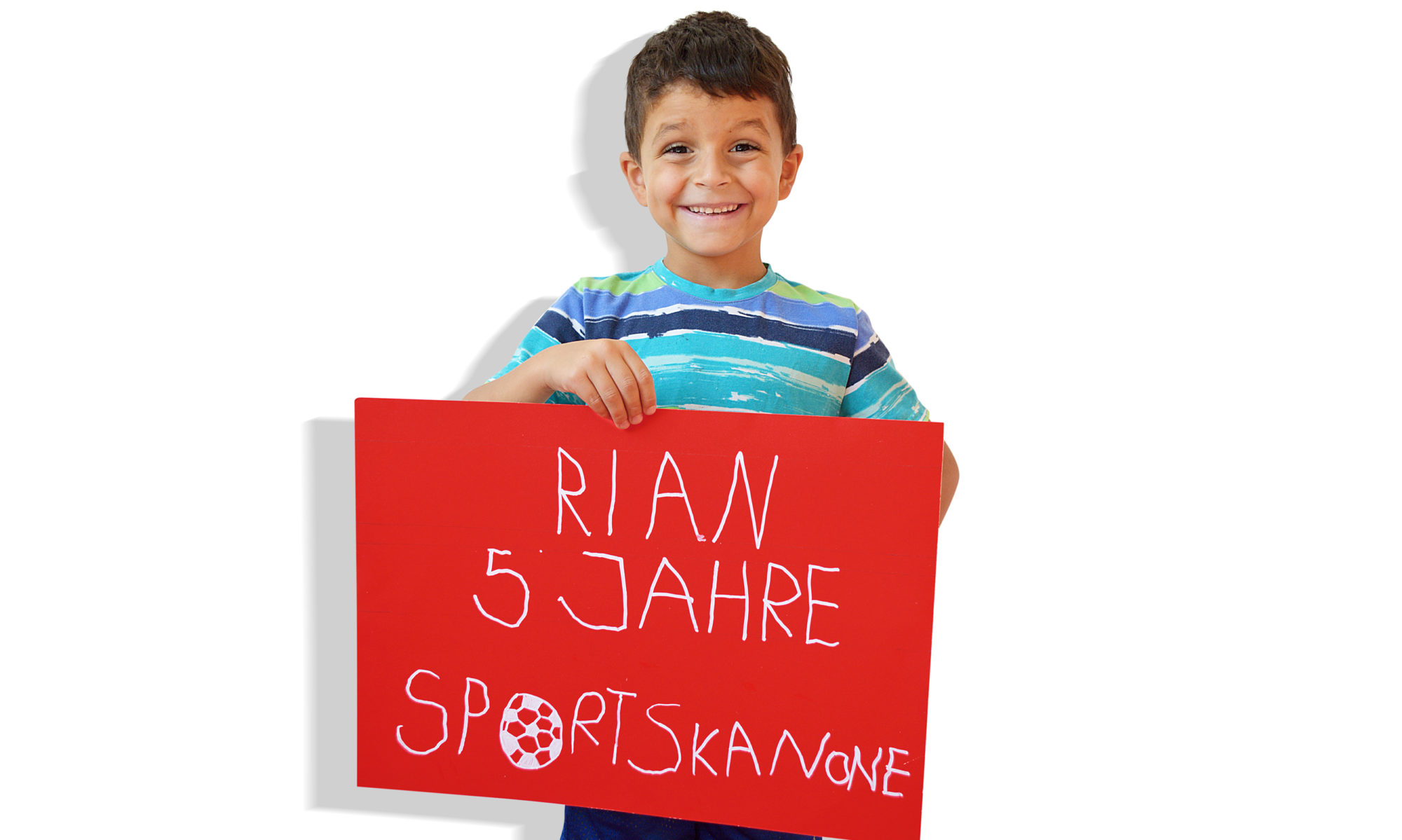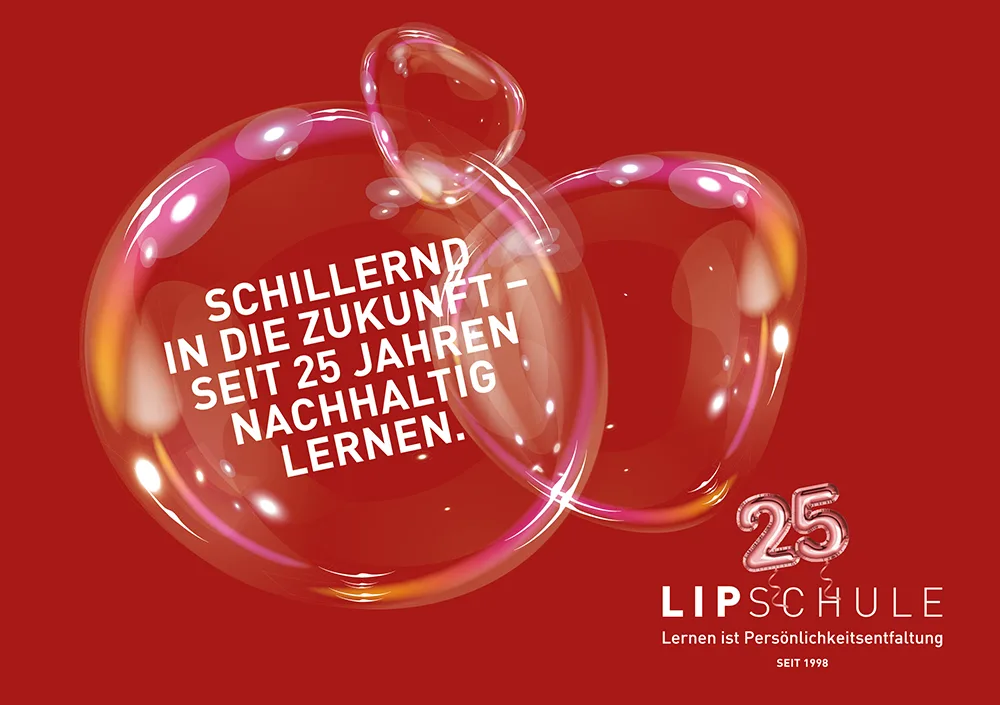A day in Cycle 3 at LIPSCHULE
In Cycle 3, teachers specifically prepare students for working life and show them what further schooling could be suitable for them. What impact does this have on everyday school life, and what else sets it apart? Mary Morris is a teacher in this cycle and told us in a one-to-one conversation.
Mary Morris, what is a typical day like in Cycle 3?
The students arrive at around 7.30 a.m. When it’s my turn to welcome them, I talk to them and help them if they’re doing homework. But normally, they spend most of their time before school starts with their friends. Then I help the 3rd grade of secondary school to get ready for the school day by going through the weekly plan together and talking about upcoming tasks to help them improve planning and time management. They then have the opportunity to ask questions or discuss individual topics in more depth. After that, lessons start with English with the 1st, 2nd and 3rd grades of secondary school. After that, we have our first break, and before lunch there is personal study time. Then, we eat lunch together, and after lunch I usually go home.
What do you like best?
What I like best at LIPSCHULE is the small classes. It means I can have closer contact with the students – which also means that I can give them more support and guidance. The atmosphere is also more relaxed than at other places I’ve worked.
How does Cycle 3 differ from Cycles 1 and 2?
The obvious difference from Cycle 1 is that there are far more children in a class. There aren’t so many differences from Cycle 2, as both are oriented towards choosing a career or stepping into academia.
How does LIPSCHULE differ from a public school?
The most significant differences between us and a public school are the small classes, the close contact with students and their parents, and that the teachers are more available to the children and young people.
<<<
